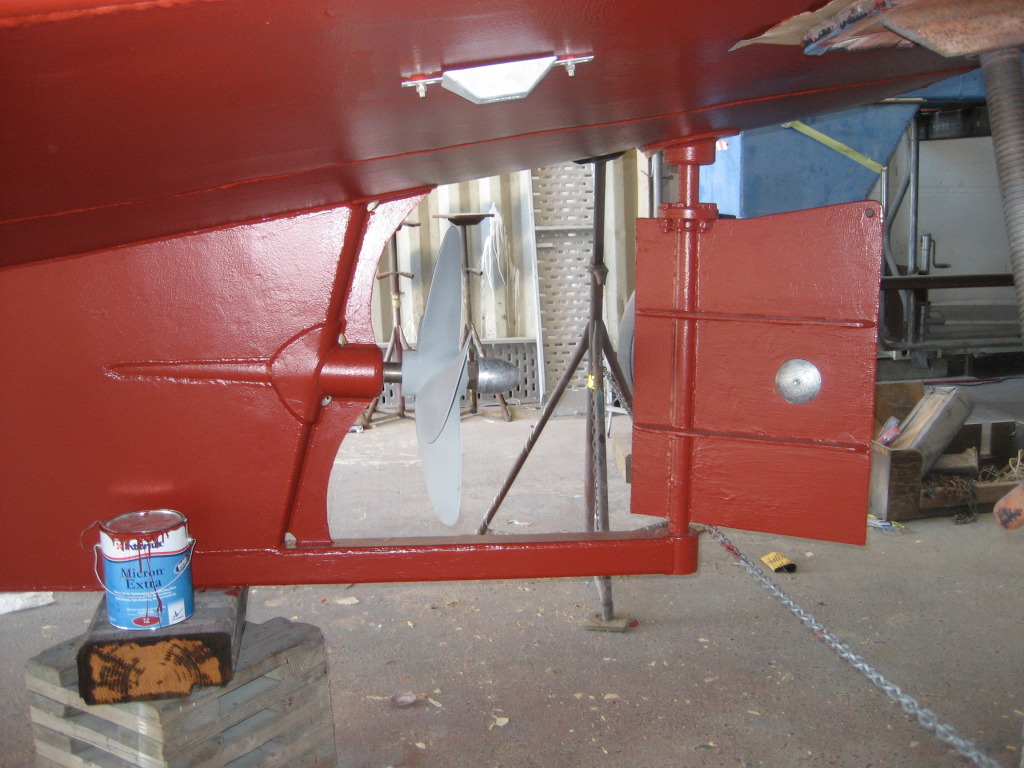What you have there are isolation transformers. They block stray DC current from coming aboard because it can't pass through them. They also insure the current working aboard will be properly polarized. It doesn't matter if the dock power comes in normal or reversed polarity the boat side of the windings will always be the same. So dock power hot/neutral revesed no problem, hot/ground reversed transformer will not function.
Galvanic isolator is different and a less expensive option. It is a switch that blocks low voltages of which DC is the corrosion problem. Stray AC current is the dangerous one. The GI keeps the low voltage DC current out and if a serious fault occurs from AC current it makes a connection and allows the green safety ground to do its job.
By the way the galvanic isolator works in both directions so it should keep your own boat from causing trouble in the marina. Ony bad thing about that is you have to maintain your own zincs. No plugging into the marina to use your neighbors




